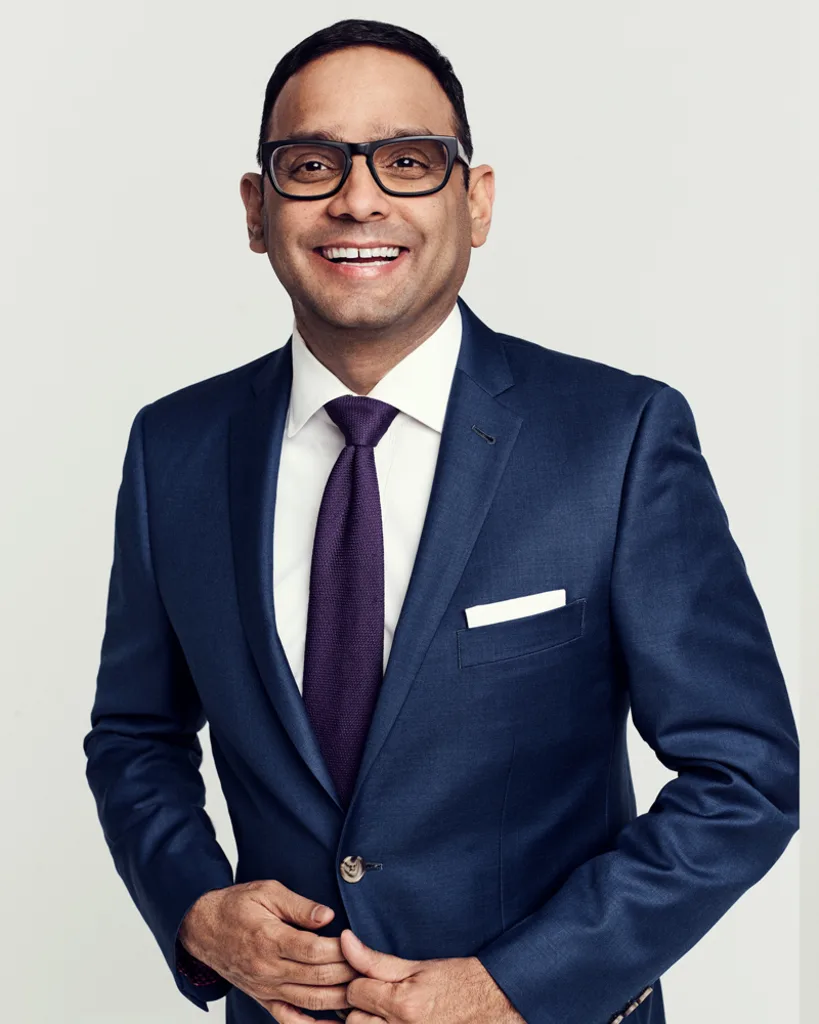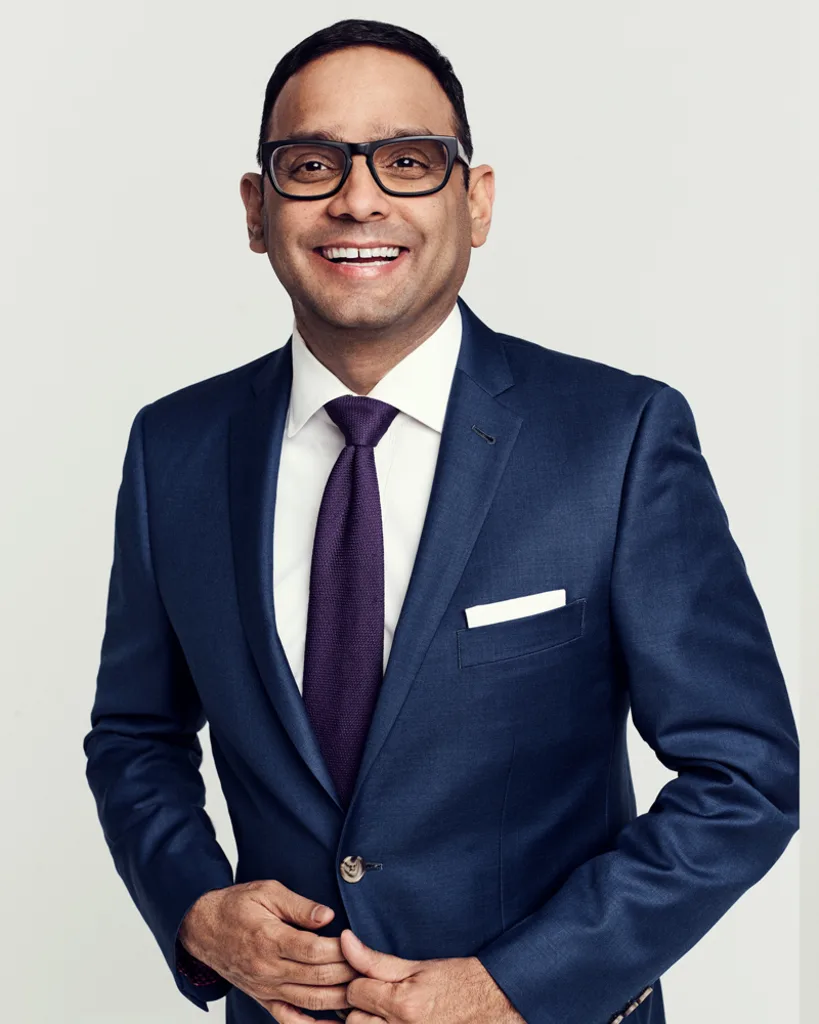Verizon Consumer CEO Sowmyanarayan Sampath understands that valuable customer data can come from anywhere—tucked into the findings of broad demographic surveys or from casual conversations at a kid’s birthday party. That’s why he looks for every opportunity to learn more about what’s affecting his company’s network, from unusual spikes in demand to billing frustrations felt by customers. Such efforts helped inform Verizon’s 2023 Consumer Connections report, which analyzes huge volumes of network data to uncover the key trends shaping the direction of our collective digital lives. Here, Sampath discusses what corporate leaders in any industry can learn from paying closer attention to the fast pace of change among today’s consumers.
Why should CEOs be paying attention to how consumer expectations are changing?
The past three to five years have seen more changes in consumer expectations than the previous 30. I’ve never seen this much change in my lifetime. I think COVID brought together a lot of things in consumers’ lives: There was the you-only-live-once mindset, with people wanting [to enjoy rich] experiences and live life to the fullest. They made choices about where they wanted to spend money and where they didn’t. This whole concept of trading up and trading down became real for customers.
If you’re a CEO, you need to know whether you’re in the trading-up or trading-down bucket, because that can shift your whole business model. If you’re in the trading-down bucket, you need to be thinking about how to take cost out and give more value. If you’re in the trading-up bucket, it’s about delivering quality and the customer experience. So, you invest for growth. You have to know where you are, and my sense is that many companies don’t have that figured out. They either build too much and consumers don’t come, or they build a product that’s subpar to what expectations are.

CEO, Verizon Consumer
What advice would you give to corporate leaders in this kind of environment?
People have built brands over decades and feel that the brand will get them through any challenges. If you look at consumer packaged goods, volumes are down. The core issue is that customer needs have shifted, and companies haven’t caught up with them. So, we have to go back to the drawing board in terms of customer needs and customer expectations.
The Consumer Connections report emerged from that desire to learn. Also, I’ve learned so much because I started spending so much time with customers—in their homes, in their businesses, and in their schools—to understand how they use technology. Look, as a CEO, I have just a few focused goals. One is to run the day-to-day operations—are the trains running on time? But for me, it also—perhaps even more importantly—comes down to anticipating and reacting to customer needs early. If I don’t see that, my team will never see that. So, I always try to be at the edge of customer interactions.
What does that look like in real life? How are you actually connecting with customers?
One way is in our national retail stores, but I also look for feedback in social settings, too. I’m quite an active parent—maybe too active at times—and I spend time with other parents on the kids birthday-party circuit.
I’ll give you an example. Around a year ago, every party I went to, I was told that Verizon has all these great promotions, but they never really work out. After the first two or three bills, it never aligned with what they thought they bought. I talked to our internal people, and they said, “It’s probably a one-off, the data suggests it’s some minute number.” But when data and stories don’t align, you need to dig into it differently. There was an issue, and we weren’t measuring it the right way. We fixed it, and we’re in much better shape right now.
Traditional market research always asks customers what they want. Customers may not always know what they want, but they know what their problems are. This is the key. What are the problems in your life that we can solve? Reframing market research as an answer to a customer’s problems has been an eye opener for me.
Did any of the findings in the Consumer Connections report surprise you?
One is people movement. For 30 or 40 years in America, demographic moves were predictable and didn’t change much. But when COVID came, 1.8 million people moved to Florida. Texas got a bump. Arizona got a bump. New York, New Jersey, and California saw declines. Major shifts happened and continued even after COVID. So, we have to think about how we deploy capital and get ahead of networks way before people do. I can’t move capacity from A to B—I have to rebuild capacity from scratch. So I need to know where you’re moving, so I can get to the capacity before you move.
Companies do a good job factoring many things—inflation, input pricing, promotions. But they don’t factor movement very well. If you’re a consumer packaged-goods company or a hard goods company, what does 1.8 million people showing up in Florida in an 18-month period mean for demand for goods? You may have too much capacity, or your production facilities may be in the wrong place. And you need to get ahead of that because it’s not going to stop.
The other thing that surprised us is how much video gets used on the network. Half of our total network usage is video. Underneath that, TikTok and Roblox were growing massively. The average U.S. TikTok user spends an hour and 42 minutes a day on that app. So for us, what’s the next area of growth? I think the metaverse and AI are probably going to be the next big drivers of network usage during the next decade.
We think that at some point video is going to be overtaken by new mediums, which creates opportunities for new devices. 5G networks give developers the right tools to build content around. You can’t do the metaverse—or AI—on a low-speed or high-latency connection. We think we’re nearing the next generation of form factors right now, such as augmented-reality and mixed-reality devices. I do think we’re on the cusp of something new and big. We want it and we encourage it because, at the end of the day, we make those connections possible.


This website has quickly become my go-to source for [topic]. The content is consistently top-notch, covering diverse angles with clarity and expertise. I’m constantly recommending it to colleagues and friends. Keep inspiring us!
Abriyah Cudeiro
недорогая сумка тележка хозяйственная на колесах
[url=http://vidoz.com.ua/go/?url=https://dorozhnye-sumki-kolesa.ru]https://utmagazine.ru/r?url=http://dorozhnye-sumki-kolesa.ru[/url]
[URL=https://blank-diplom.ru/ ]купить диплом РІ ишимбае [/URL] – Это способ завладеть официальный бумага по окончании образовательного учреждения. Диплом открывает пути к дополнительным карьерным перспективам и карьерному развитию.
The Basic Principles Of buy injectable steroids. https://mynichedirectory.com/listings12690164/buy-injectable-steroids-can-be-fun-for-anyone
Jonathyn Fallahi